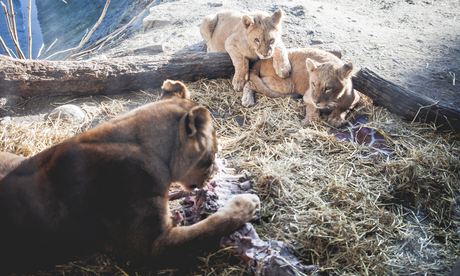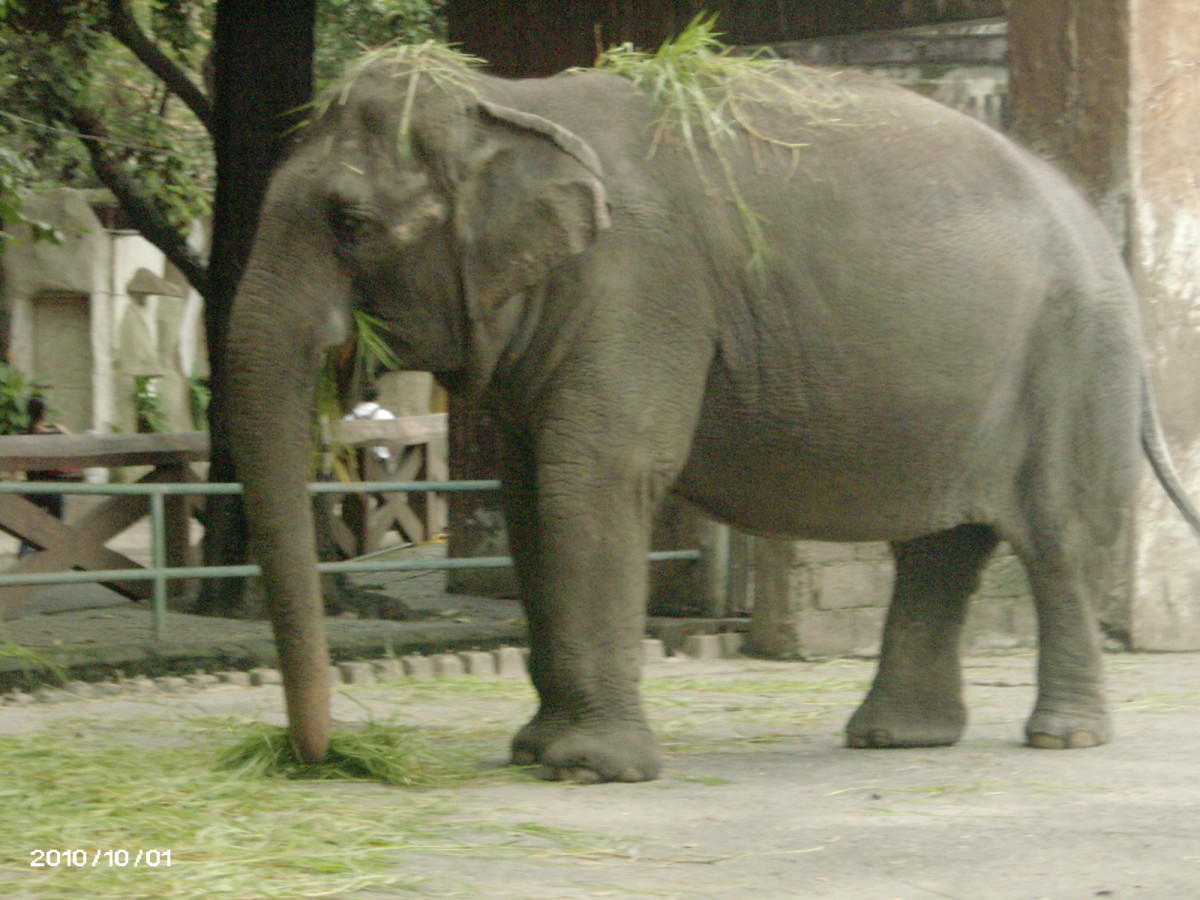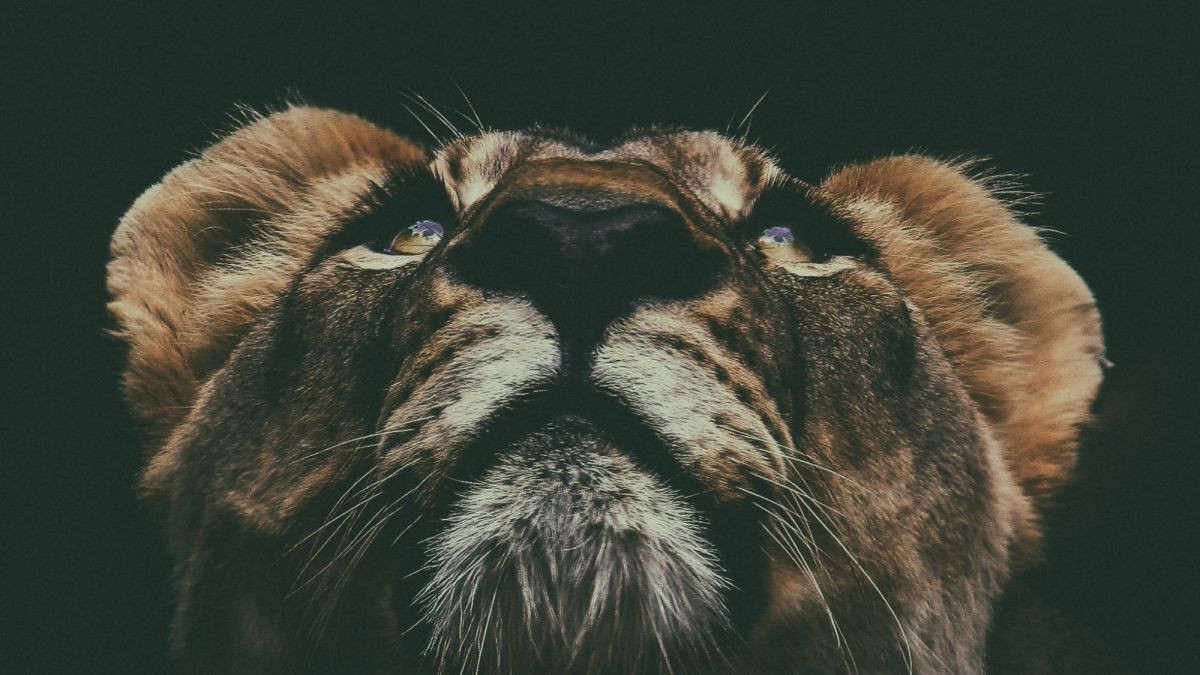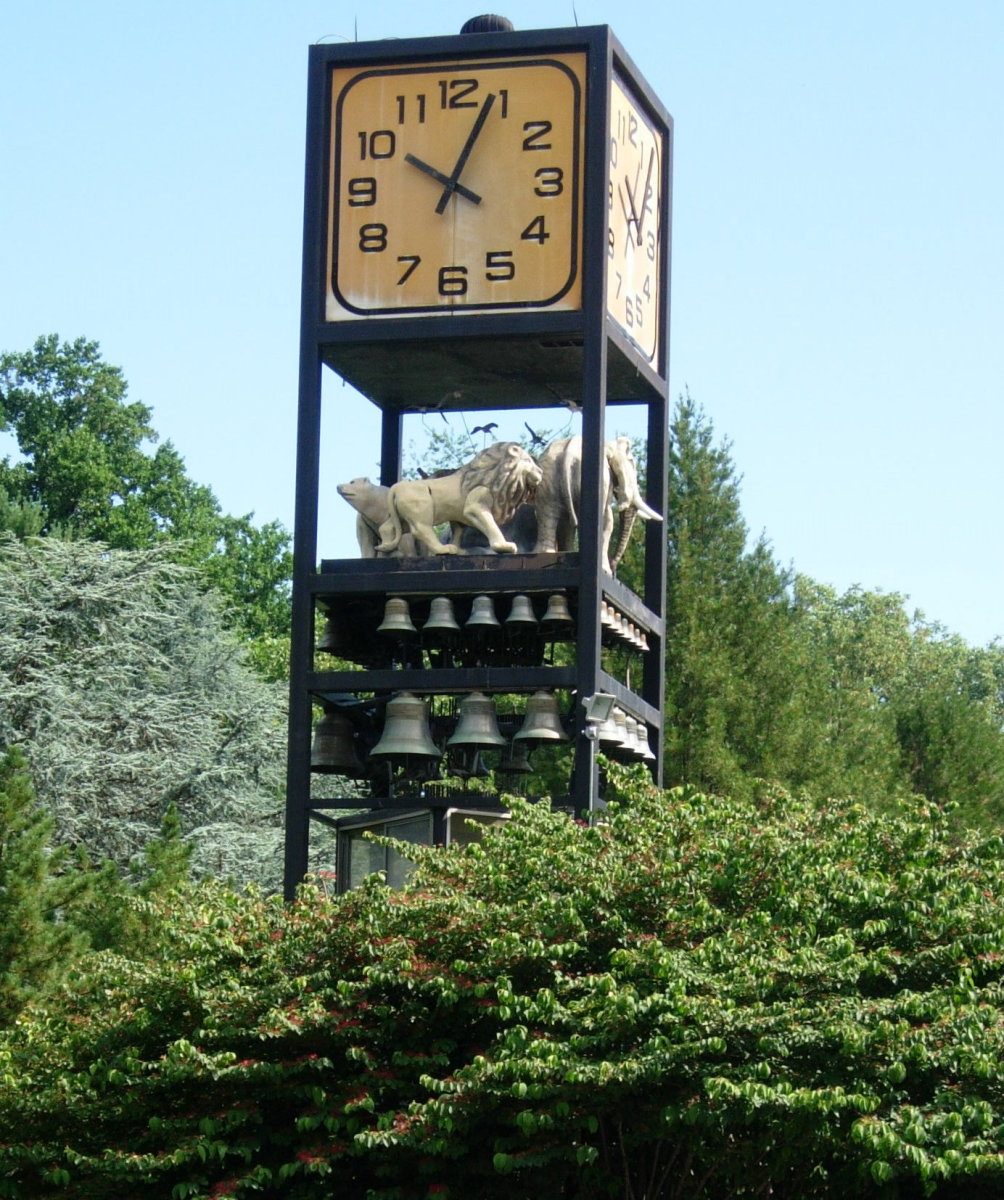Danish zoo puts down four healthy lions weeks after killing a young giraffe

Something is rotten in the state of Denmark.
On a Sunday morning in February, after a zoo’s two-year-old giraffe named Marius ate his favorite rye bread for breakfast, he was shot in the back of the head with a slaughterhouse bolt gun by zoo officials.
And then they allowed schoolchildren to watch as its workers dismembered the carcass and fed it to lions.
The killing of a healthy adolescent giraffe sparked global outrage against the Copenhagen Zoo in Denmark. Officials claimed that he had to be put down – in the most inhumane way, may I add – because they wanted to prevent inbreeding between Marius and the other giraffes.
The zoo had ignored offers to take Marius from wildlife parks in Britain, Sweden, and the Netherlands.
Now, just weeks later, on Wednesday, March 25, Copenhagen Zoo euthanized four healthy lions.
Zoo officials defended their cold decision by explaining that the two older lions, a 16- and 14-year old male and female and their two 18-month-old cubs were at risk from an arriving new male who is being imported for breeding purposes.
The new male would have killed the cubs instantly, said the zoo officials, and the older male would have resisted a new and younger male to be part of his pride anyway.
Officials said that there also would have been a risk of mating between the older female and the younger male, which could cause birthing difficulty.
My question now rests at: if there were concerns about breeding and safety, why wasn’t the older female neutered and why weren’t the cubs moved to another park?
Luke Hunter, president of the global organization of wild cat conservation Panthera, asked why the zoo even bothered the older adults to breed so recently if it meant the cubs would have to be euthanized so soon. “This, I think is the problem of captive breeding of lions: they breed very well in captivity, but why keep doing it if this is going to be the outcome?”
Dr. Ian Robinson, of the International Fund for Animal Welfare, agreed, saying, “Zoos should have a planned breeding policy that avoids situations like this one, where healthy animals are euthanized as surplus in requirements.”
Now, here’s where the zoo stops making sense if they hadn’t already.
First, concerning Marius’s case, the zoo cited regulations of its governing organization called The European Association of Zoos and Aquaria, giving it reason as to why they apparently couldn’t release the giraffe.
Yet, two other zoos – the Krakow Zoo and the Yorkshire Wildlife Park – that arealso from the association offered to take Marius. The offers were obviously ignored.
Second, in the case of the four lions, the zoo then claimed that “there wasn’t of any interest” from other zoos or parks to take the family off the hands of Copenhagen.
Still, I find this unbelievable: how could have multiple zoos and wildlife parks have offered to take Marius to save his life, but nobody was of apparent interest to save the family of lions?
There has been constant backlash from the public after the killing of the lions on Wednesday.
People are outraged that the zoo is still open after several cases of killing healthy animals without much effort of finding them new homes.
Unfortunately, The European Association of Zoos and Aquaria spokesman David Williams-Mitchell told CNN that the zoos which are governed by the association have to put down about 3,000 to 5,000 animals per year to manage zoo populations.
These numbers include animals from insects and tadpoles to lions and giraffes.
Why zoos take animals that they cannot support for the rest of their years is beyond what I could make reason for. Zoos are supposed to be a place of safety, not of slaughter.
Life, no matter how mediocre or useless some forms of it may seem to people, is not mediocre or useless to that being.
We should not overuse our incredible power as humans over other living beings just because we can.








